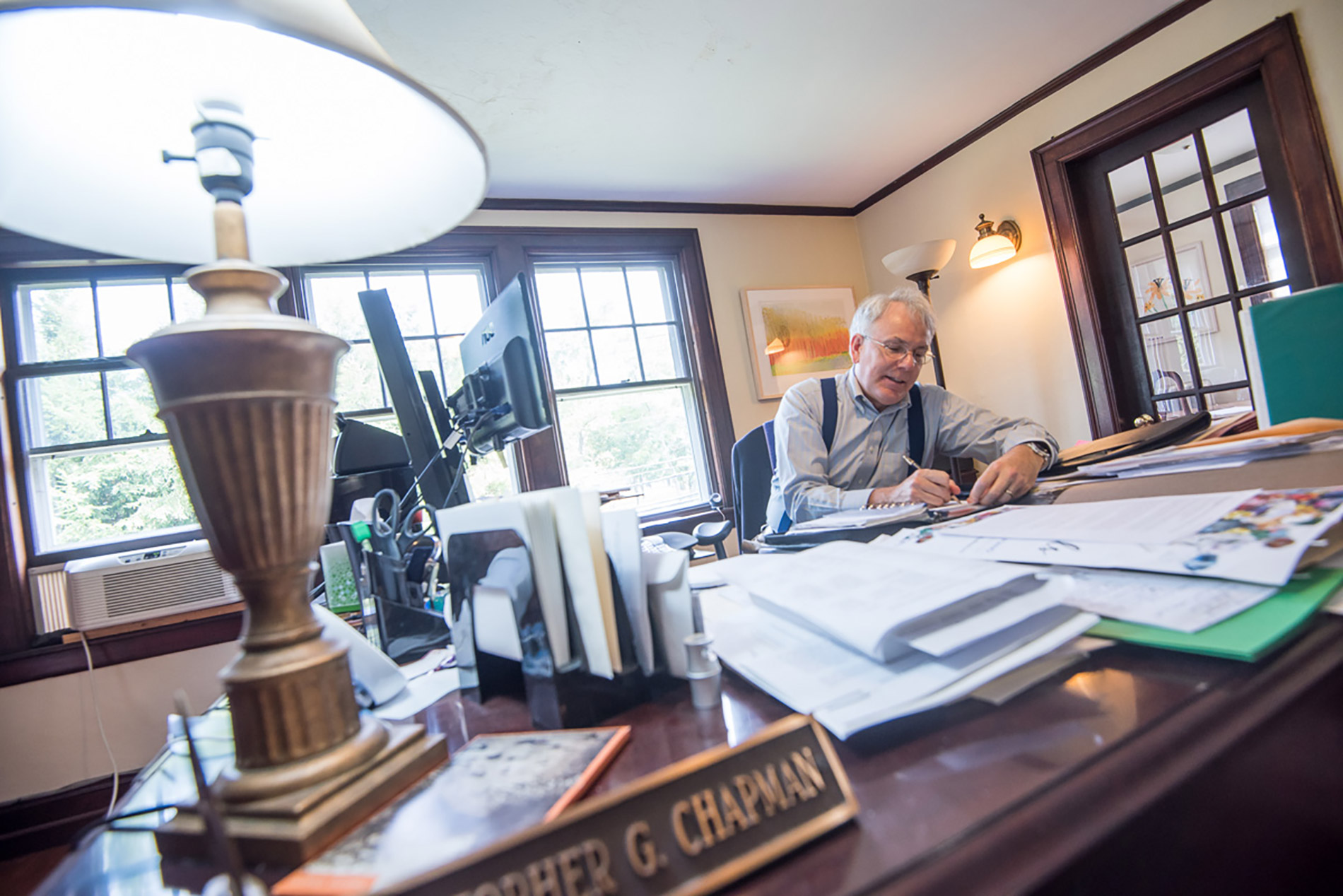Will Charitable Giving Fall in 2018?
By Christopher Chapman
A big question raised by the new federal tax legislation is, what will be its effect on charitable giving? The blizzard of changes wrought by the tax bill cross the landscape of the economy, but notably, it has left the rules on charitable deductions unchanged.
Despite being spared from the new law’s attention, charitable organizations everywhere are worried. The main reason is the roughly doubling of the standard deduction to $12,000 for individuals and $24,000 for couples in 2018. Non-profits are worried that fewer people will itemize deductions as a result. They are concerned that individuals as a group, whose contributions make up nearly three quarters of charitable giving, may donate less going forward.
In essence, the uncertainty prompts a much deeper in- quiry about donors’ cultural values. That is, what ac- tually motivates people to support institutions and causes that make up the educational, social, health-care, literate, artistic and religious aspects of the social fabric? Is it tax savings for contributions? Or is it something more?
The budgets of non-profits are in the balance. In 2016, total giving in the United States totaled ap- proximately $290 billion, equal to an amazing, record 2.7 percent of the overall economic activity, according to Giving USA 2017, The Annual Report on Philanthropy. Not quite two-thirds of that amount came from individ- ual giving, or about $281.6 billion. (That statistic does not include bequests, which if added to the giving of the living would make individual donations 80 percent of all charitable giving.)
The widely respected Tax Policy Center in Washington, D.C., estimates that the 46 million itemizing tax filers will drop to less than 20 million as a result of the increased standard deduction.
For perspective, however, it is helpful to recall one observer saying years ago that, to find a society’s actual cultural values, look at its tax code. The United States laws favoring charitable giving are the most generous in the world. It is also notable that U.S. citizens have historically also been the most generous worldwide. In addition, Americans are in the midst of the largest transfer of wealth in the history of civilization, and assets have never been more liquid, or easily transferable.
With both the facts and fears in mind, we are curi- ous to see how the tax law will influence chari- table giving. As the sage and experienced among us fre- quently say, “We’ll see.”
